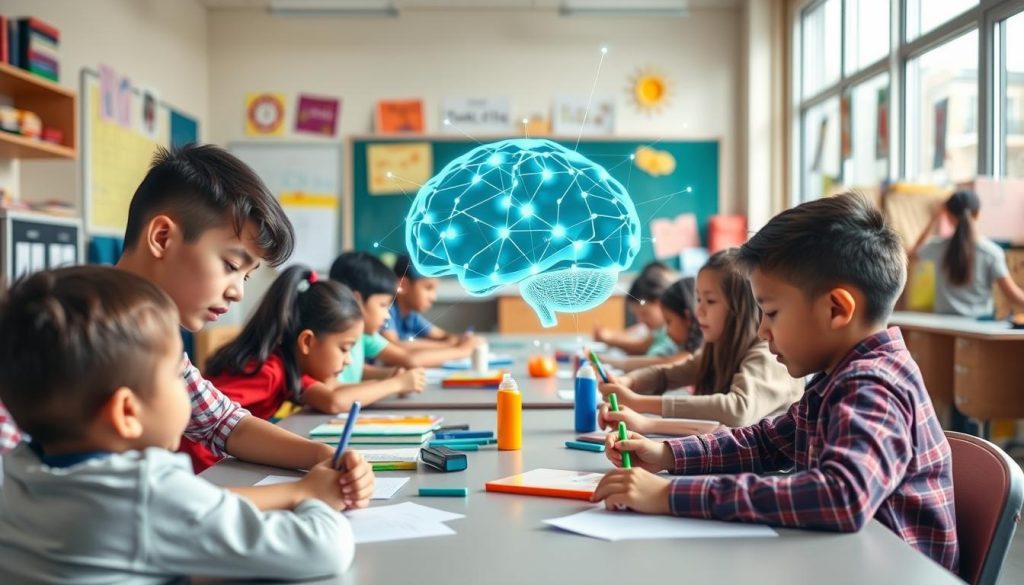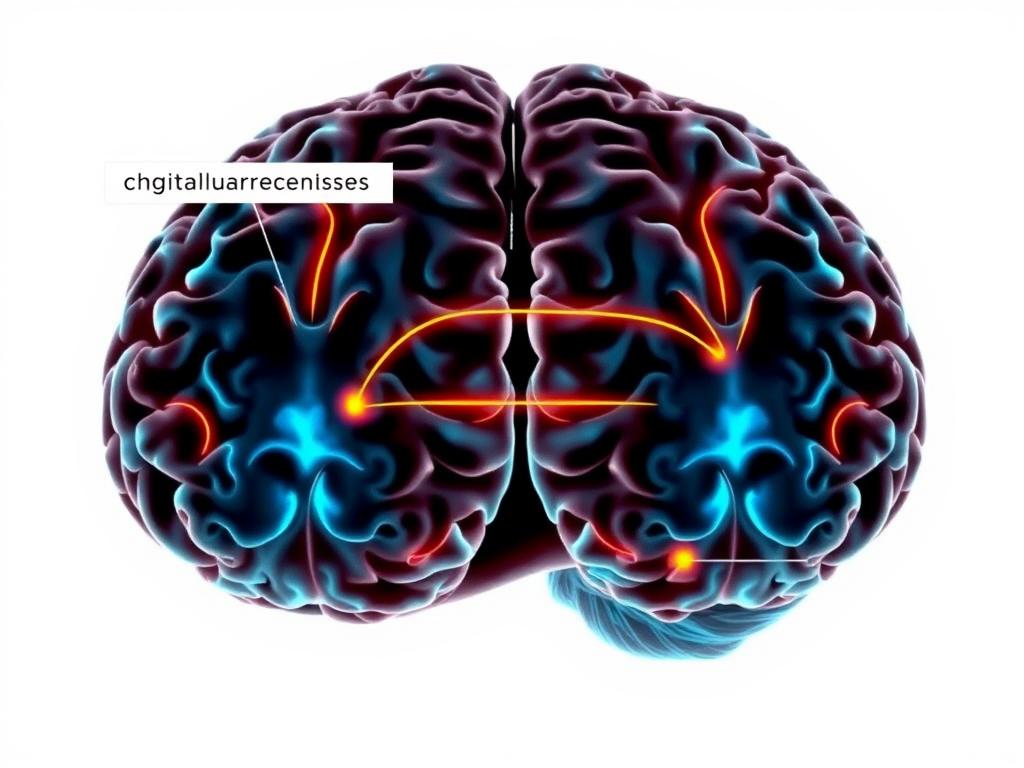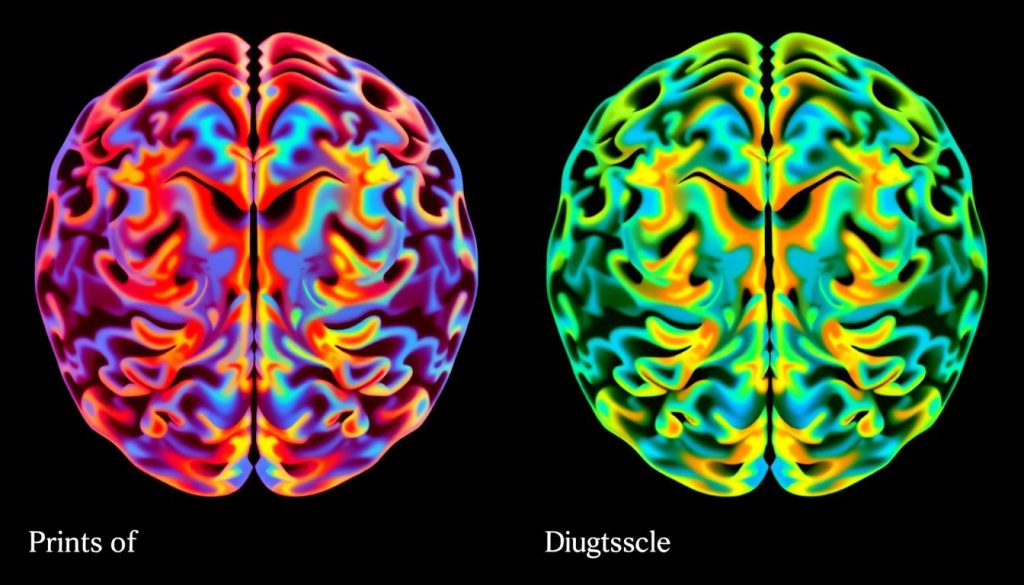Fundamental Brain Research That Transforms Teaching
Neural pathways that form during learning processes
Understanding how the brain functions during learning is essential for developing effective teacher skills. Neuroscientists have discovered that learning physically changes the brain by forming new neural connections. When students engage with new information, their brains create and strengthen pathways between neurons, a process called neuroplasticity.
This fundamental aspect of brain research explains why repetition, practice, and meaningful connections enhance learning. Teachers who understand these processes can design lessons that optimize neural pathway formation through strategic repetition and meaningful application of concepts.
Recent studies have shown that emotions play a crucial role in memory formation. The amygdala, which processes emotions, works closely with the hippocampus, which handles memory formation. This connection explains why emotionally engaging lessons are more likely to be remembered by students.
Enhance Your Understanding of Brain-Based Learning
Discover how to apply neuroscience principles in your classroom with our comprehensive professional development course.
Long-Term Memory Consolidation
For information to move from working memory to long-term storage, it must be processed deeply. Brain research shows that sleep plays a crucial role in memory consolidation. During sleep, the brain strengthens neural connections formed during learning, transferring information from temporary to permanent storage.
Effective teacher skills include designing review activities that leverage spaced repetition—revisiting content at increasing intervals—which brain research has proven optimizes long-term retention. This approach aligns with how our brains naturally consolidate information.
Attention and Engagement in Brain Research

Active learning increases neural engagement and attention
The brain’s attention systems are selective, focusing on information deemed relevant or novel while filtering out distractions. Brain research reveals that attention typically wanes after 10-15 minutes of passive listening, explaining why traditional lectures often fail to maintain student engagement.
Developing teacher skills that incorporate attention-boosting strategies is essential. These include introducing novelty, creating emotional connections to content, and shifting activities every 10-15 minutes to align with the brain’s natural attention cycles.
“Attention is a limited resource. The brain pays attention to patterns, novelty, contrast, and things that are relevant to survival or emotional well-being.”
– Dr. John Medina, Brain Rules
Movement also plays a critical role in maintaining attention. Brain research shows that physical activity increases blood flow to the brain, delivering oxygen and glucose that enhance cognitive function. Incorporating movement breaks into lessons is not just about physical health—it’s a research-backed teacher skill that improves attention and learning outcomes.
Emotional Components in Brain Research
The brain’s emotional and cognitive systems are deeply interconnected. The prefrontal cortex, responsible for higher-order thinking, works in tandem with the limbic system, which processes emotions. When students experience stress or negative emotions, the amygdala can trigger a “fight, flight, or freeze” response that inhibits learning.
Creating emotionally positive learning environments is a critical teacher skill supported by brain research. When students feel safe and supported, their brains release neurotransmitters like dopamine and serotonin that enhance focus, motivation, and memory formation.
Relationship-building is not just about classroom management—it’s a neurologically sound teaching strategy. Strong teacher-student relationships reduce stress and create the optimal brain state for learning. This understanding transforms how we approach classroom climate and student interactions.

Developing teacher skills that incorporate emotional engagement strategies—such as storytelling, personal connections, and relevance—leverages this brain research to enhance learning. When content evokes emotions, it’s processed more deeply and remembered longer.
Brain Research Supporting Differentiated Instruction
Each brain is uniquely wired, with individual variations in neural architecture and functioning. Brain research confirms what experienced teachers observe: students learn differently based on their unique neural patterns, prior knowledge, and cognitive strengths.
Differentiated instruction isn’t just an educational philosophy—it’s supported by neuroscience. Brain research shows that providing multiple pathways to learning activates different neural networks, increasing the likelihood of successful processing and retention for all students.
Advanced teacher skills include recognizing and responding to these differences through varied instructional approaches. Offering visual, auditory, and kinesthetic learning opportunities engages different brain regions, creating multiple neural pathways to the same information.
Key Brain Research Finding: The brain strengthens neural connections through multiple exposures to content in varied contexts. This supports the practice of teaching the same concept through different modalities and applications.
Understanding how different brain regions process information helps teachers design comprehensive learning experiences. For example, combining verbal explanations with visual representations engages both language and visual processing areas, creating stronger memory traces.
Brain Research on Developmental Stages
The brain develops in a predictable sequence, with different regions maturing at different rates. The prefrontal cortex, responsible for executive functions like planning, decision-making, and impulse control, isn’t fully developed until the mid-20s. This brain research explains why students may struggle with certain cognitive tasks at different ages.
Early Childhood (K-2)
Sensory and motor regions develop first. Teacher skills should focus on concrete, hands-on learning experiences that build foundational neural pathways.
Middle Childhood (3-5)
Language and spatial awareness regions mature. Effective teacher skills include vocabulary development and spatial reasoning activities.
Adolescence (6-12)
Prefrontal development accelerates but remains incomplete. Teacher skills should support executive function development through scaffolded decision-making opportunities.
Understanding these developmental patterns helps teachers align expectations and instructional approaches with students’ neurological readiness. Brain research shows that attempting to teach skills before the supporting neural architecture is in place can lead to frustration and diminished self-concept.
However, the brain’s plasticity means that appropriate challenges and supports can accelerate development. Teacher skills that provide “just right” challenges within students’ zones of proximal development optimize this neuroplasticity.
Apply Developmental Brain Research in Your Classroom
Learn age-appropriate strategies based on neuroscience research to optimize learning at every developmental stage.
Executive Function in Brain Research
Executive functions—including working memory, cognitive flexibility, and inhibitory control—are critical for academic success. These higher-order cognitive processes are primarily managed by the prefrontal cortex and develop gradually throughout childhood and adolescence.
Prefrontal cortex regions responsible for executive functions
Brain research shows that executive functions can be strengthened through targeted practice. Teacher skills that incorporate executive function development include teaching explicit strategies for organization, time management, and self-regulation.
- Working memory exercises: Activities that require holding and manipulating information
- Cognitive flexibility development: Tasks that involve shifting between concepts or perspectives
- Inhibitory control practice: Games and activities that require thoughtful responses rather than impulsive reactions
- Goal-setting routines: Structured approaches to planning and monitoring progress
- Reflection protocols: Guided self-assessment of thinking processes
These teacher skills directly support the development of neural networks in the prefrontal cortex. Brain research indicates that executive functions are more predictive of academic success than IQ, making their development a critical educational priority.
Importantly, executive functions develop through use. Creating classroom environments that regularly engage these cognitive processes strengthens the underlying neural architecture, improving students’ capacity for self-directed learning.
Creating psychologically safe classrooms is a research-backed teacher skill that optimizes brain function. When students feel secure, their brains can allocate resources to higher-order thinking rather than self-protection. Strategies include establishing predictable routines, providing emotional support, and teaching stress-management techniques.
Brain research also reveals that mindfulness practices can counteract stress effects by strengthening connections between the prefrontal cortex and the amygdala, improving emotional regulation. Incorporating brief mindfulness activities is a valuable teacher skill that supports optimal brain functioning.
Technology’s Impact in Brain Research
Digital technology is changing how brains process information. Brain research shows that frequent internet use strengthens neural pathways involved in scanning and skimming but may weaken those supporting sustained attention and deep reading. Understanding these effects helps teachers develop skills to leverage technology’s benefits while mitigating potential drawbacks.

Different neural activation patterns when processing print vs. digital information
Multitasking, common in digital environments, actually involves rapid task-switching rather than simultaneous processing. Brain research reveals that this switching depletes neural resources and reduces learning efficiency. Developing teacher skills that guide focused, intentional technology use helps students form healthier digital habits.
However, educational technology can also enhance learning when aligned with how the brain processes information. Interactive simulations, for example, engage multiple neural networks simultaneously, creating stronger memory traces than passive observation.
Digital Balance: Brain research suggests alternating between digital and non-digital learning activities to develop diverse neural pathways and prevent digital fatigue.
Effective teacher skills include designing technology-enhanced lessons that leverage the brain’s preference for visual processing, immediate feedback, and adaptive challenge levels—all while maintaining opportunities for deep thinking and sustained attention.
Practical Applications of Brain Research
Translating brain research into effective classroom practice requires specific teacher skills. Here are evidence-based strategies that align with how the brain naturally learns:
Retrieval Practice
Brain research shows that actively recalling information strengthens neural pathways more effectively than re-reading or highlighting. Implement low-stakes quizzes, brain dumps, and think-pair-share activities to leverage this finding.
Spaced Learning
Distributing learning over time aligns with how the brain consolidates information. Revisit key concepts at increasing intervals to strengthen neural connections and improve retention.
Interleaved Practice
Mixing different types of problems or content forces the brain to identify appropriate strategies rather than applying procedures automatically, leading to deeper understanding and transfer.
Metacognitive strategies—teaching students to think about their thinking—develop crucial neural connections in the prefrontal cortex. Teacher skills that incorporate reflection questions, thinking journals, and explicit strategy instruction help students develop these pathways.
Brain research also supports the use of visual tools like concept maps and graphic organizers. These external representations reduce cognitive load and help students see relationships between ideas, supporting the brain’s natural pattern-recognition systems.
Master Brain-Based Teaching Strategies
Earn professional development credits while learning to implement neuroscience-backed teaching approaches.
Future Directions in Brain Research
Brain research continues to evolve, with emerging technologies providing increasingly detailed insights into learning processes. Functional magnetic resonance imaging (fMRI), electroencephalography (EEG), and other neuroimaging techniques are revealing how different instructional approaches affect brain activity in real-time.
Staying informed about these developments is an important teacher skill. Future research directions that may impact educational practice include:
- Personalized learning based on individual neural profiles
- Brain-computer interfaces that provide immediate neurological feedback
- Targeted interventions for specific learning differences based on neural markers
- Optimization of learning environments based on neurological responses
- Deeper understanding of critical periods for specific types of learning
As brain research advances, the bridge between neuroscience and education continues to strengthen. Teachers who develop skills in interpreting and applying this research will be positioned to implement evidence-based practices that optimize student learning.
The most effective educators will be those who combine their classroom expertise with an understanding of the neurological processes underlying learning, creating environments and experiences that work with—rather than against—how the brain naturally functions.
Conclusion
Brain research provides a scientific foundation for effective teaching practices. By understanding how the brain processes, stores, and retrieves information, teachers can develop skills that optimize learning for all students. From creating emotionally supportive environments to implementing research-backed instructional strategies, neuroscience insights transform educational practice.
The integration of brain research into teaching is not about adopting trendy techniques—it’s about aligning instruction with the brain’s natural learning processes. As you enhance your teacher skills with these evidence-based approaches, you’ll create more effective, engaging learning experiences that support students’ cognitive and emotional development.
Transform Your Teaching with Brain Research
Ready to apply neuroscience principles in your classroom? Our comprehensive course provides practical strategies and professional development credits.




